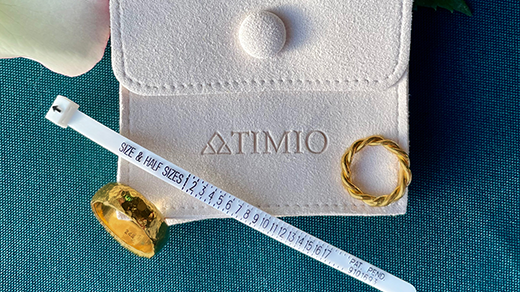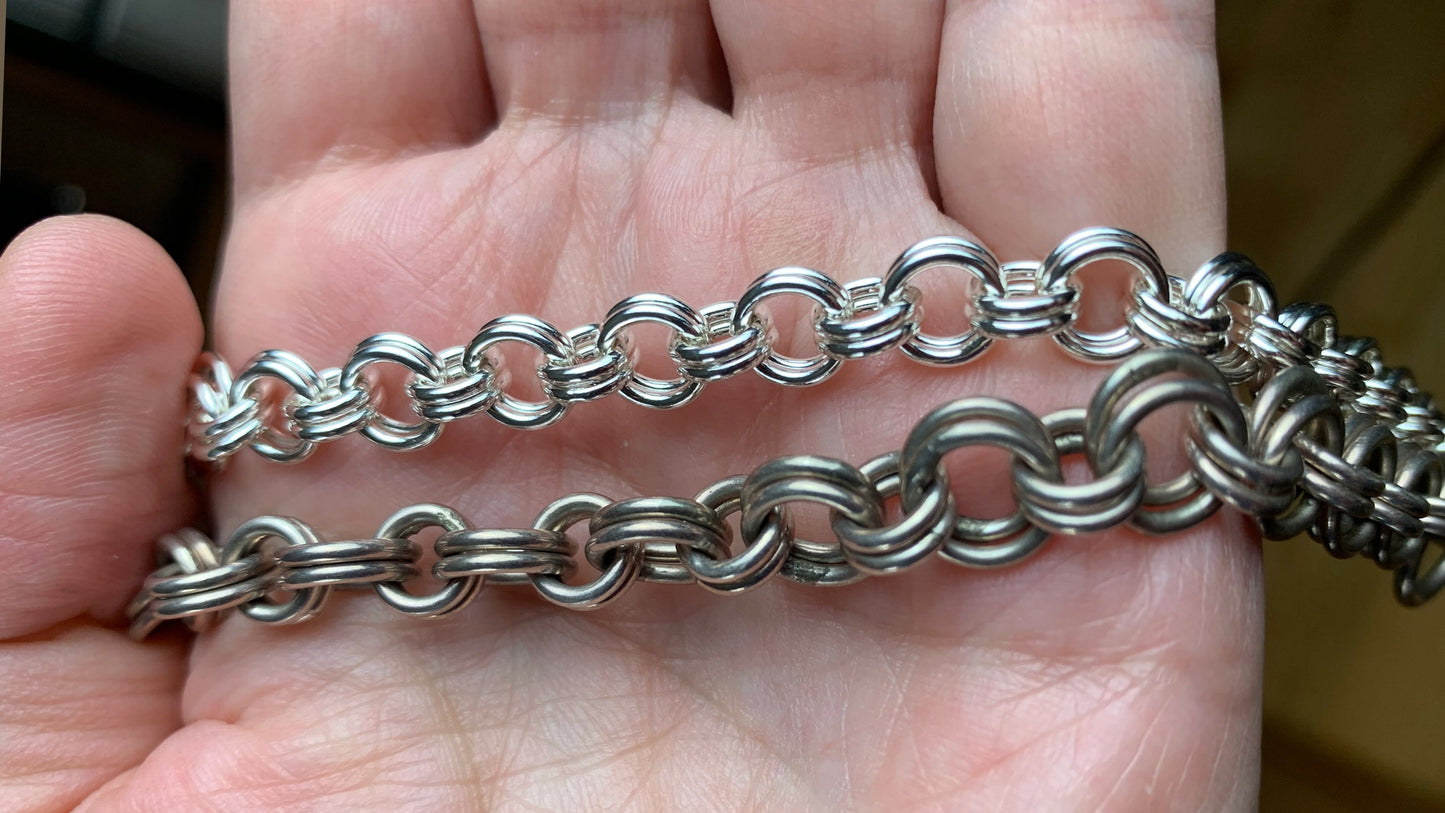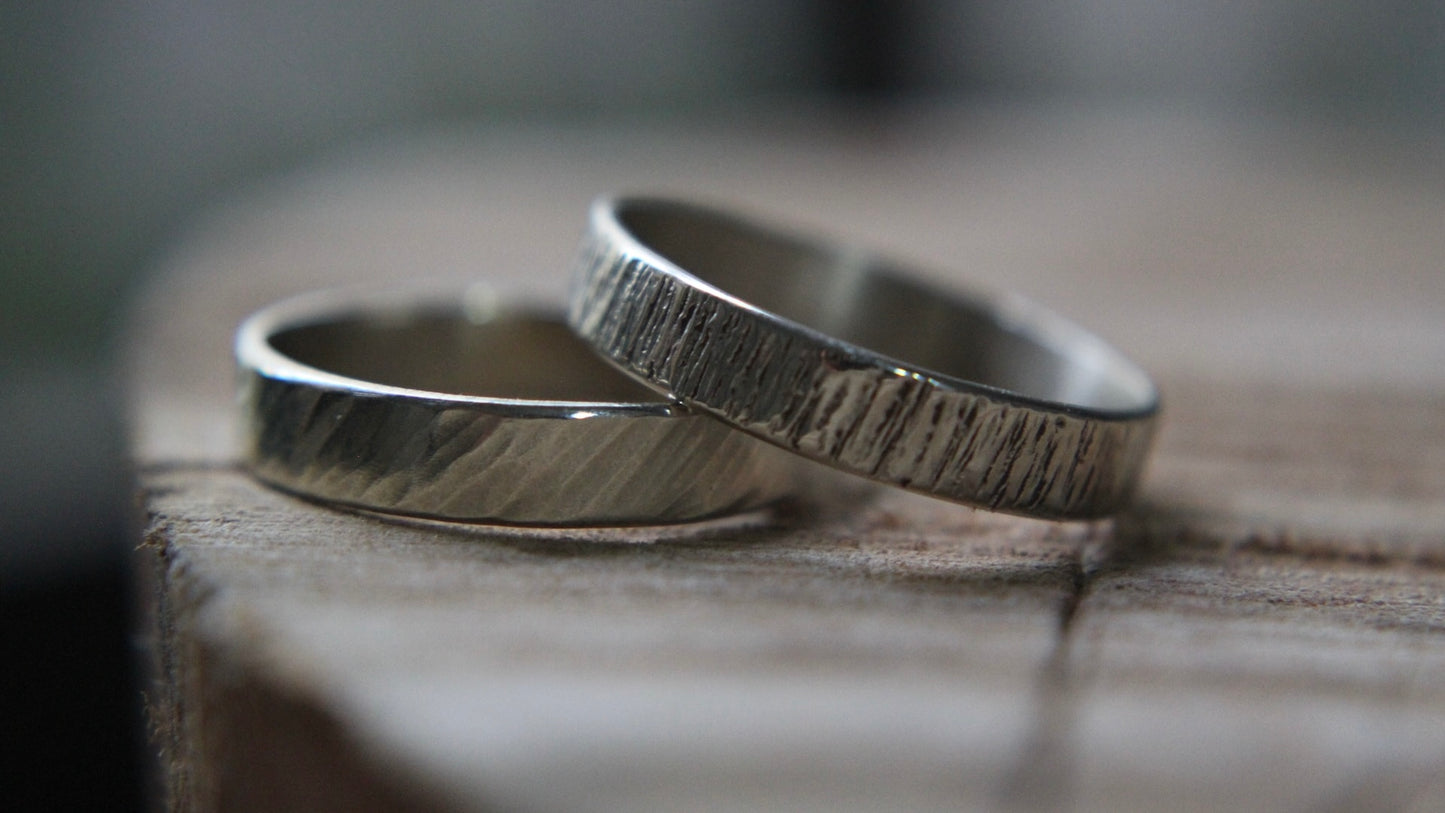
A majority of people are familiar with silver’s use in jewelry, but many aren’t as informed in how vital silver is to a vast array of industries. Discover and learn about 5 of the major industries that rely on the precious metal and how they use it.
Water Purification
There’s a lot that factors into the science behind silver and how it kills bacteria and microbes. Research references and sources will be listed in our Resources Page for your further investigation. Essentially, silver ions and nanoparticles damage the DNA of bacteria and microbes, preventing them from growing or spreading. Silver in the filters also prevents algae from building up and there’s research to show that some fungi are also sensitive to silver. Silver can be incorporated into ceramic filters and activated carbon filters. These filters go into everything from reverse osmosis systems, refrigerators, sinks, water pitchers, and much more.
Electronics & Solar Panels
Silver is the most electrically conductive metal, followed closely by copper and gold. It’s made into inks and printed onto circuit boards, switches, and anything that needs energy transmitted to and/or from it. Photovoltaics, aka solar related electronics, rely on silver to help transfer the electricity that’s being converted from light- and the solar industry has been experiencing an average growth of 24% annually over the last decade. Despite this growth in the solar industry and the introduction of more powerful electric vehicles, the cost of silver has not risen proportionately to reflect the increasing demand of silver. A variety of specialists and industry surveys estimate that 50% or more of mined silver is lost or not recovered after it’s used in electronics. Silver is even used as a coating for components of car engines because silver can withstand the high temperatures.
Medical & Dental
Silver is low on the toxicity scale, and it’s been used for 3,000+ years to prevent infections and bacteria from developing in wounds. The National Library of Medicine, among others, cite that silver ionizes in the presence of water. When ionized, silver is most affective in destroying microbes and bacteria. Due to these properties silver has been woven into bandages, incorporated into ointments, crafted into surgical tools, and even spun into linens and cleaning fabrics. Silver has been used to make doorknobs.
You may be familiar with dental fillings which use an alloy of silver, tin, copper; although those fillings had other concerning components and porcelain fillings have become more common. Silver is still used in dental work as silver diamine fluoride which is used to treat tooth sensitivity.
Production of Mirrors
In 1835 the silver-plated glass mirror as we know it today was invented. Mercury was used as a material for making mirrors prior to this time and it make workers and users of the mirrors terribly sick. You can learn about the chemistry behind silver-plated mirrors and more about their history from Interesting Engineering’s YouTube video about the process.
Photography
Analog camera lenses and film both used silver. Once a photo was captured, the film had to be taken to a dark room and treated to create the final image. The films, the photographic paper, and the developing chemicals and toners all used silver to create the photo. Even the light meters could have silver in them. While film photography has its peaks and valleys in popularity, digital cameras still require electrical components that rely on silver.
The United States Geological Survey states that 1,740,000 metric tons of silver have been discovered and mined to date. Resources, Conservation and Recycling, Vol. 83 (published in 2014) dives into estimations from geologists and mining companies that conclude that there are approximately 2.7–3.1 million metric tons of recoverable silver remaining (Pages 121-140). While this doesn’t signal an immediate mad dash to scrape up as much silver as possible (to avoid a tech or medical crisis), it does warn that the resources are finite. The CPM Group, an independent commodities research and consulting company, has estimated that nearly 50% of all the silver that’s been mined has been consumed by various industries or lost. Their research also indicates that less than 3% of all the mined silver has been minted into currency, and less than 2% into investment bullion. This information factors into the heavy debates regarding the pricing of silver since it’s such a useful component to society as we know it.






